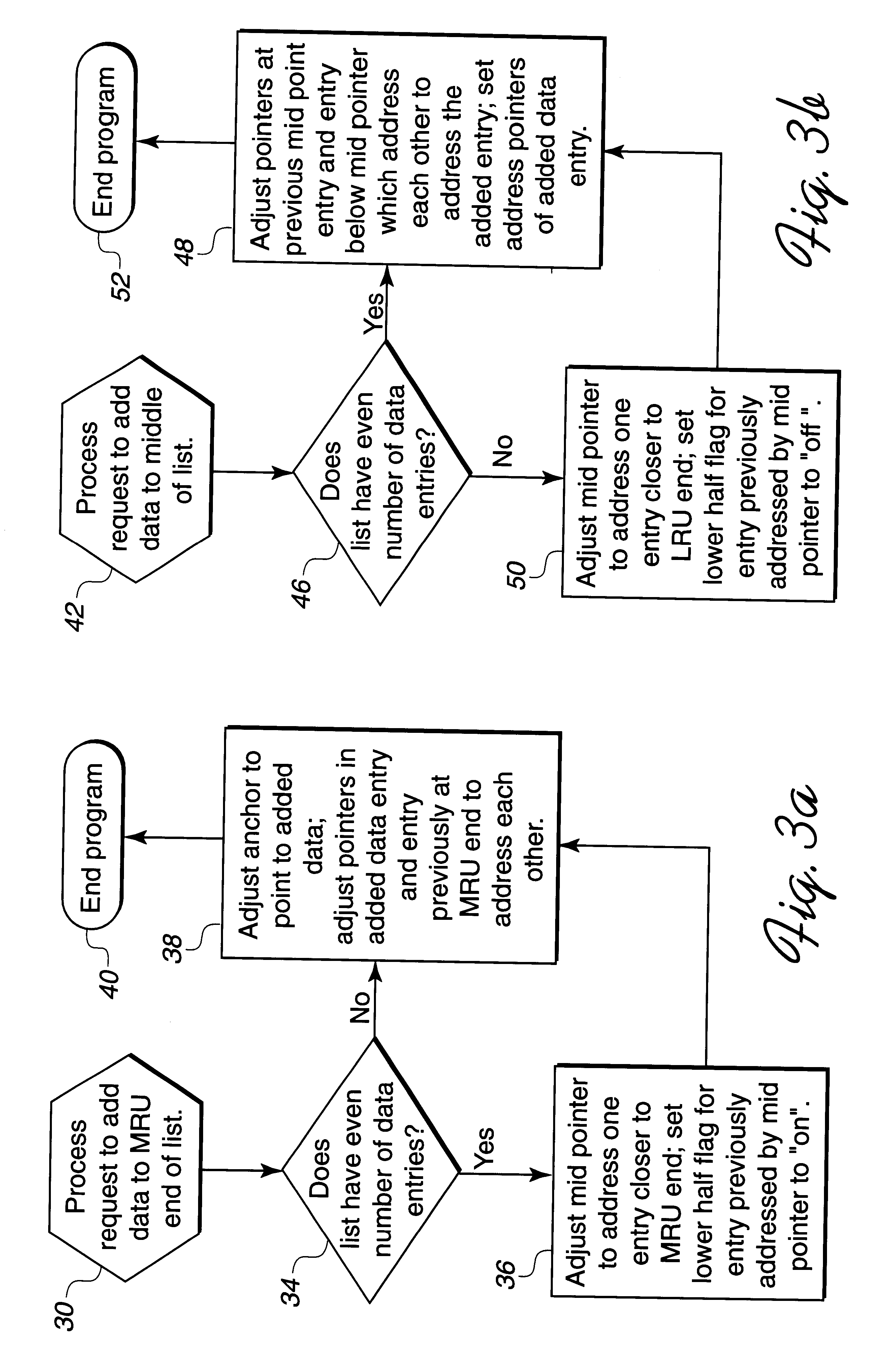Method and system for managing data in cache
a data cache and data management technology, applied in the field of methods and systems for caching data, can solve the problems of reducing the hit ratio of sequentially accessed data, removing non-sequential records, and affecting the processing speed of application programs
- Summary
- Abstract
- Description
- Claims
- Application Information
AI Technical Summary
Benefits of technology
Problems solved by technology
Method used
Image
Examples
embodiments and conclusion
Alternative Embodiments and Conclusion
The preferred embodiments may be implemented as a method, apparatus or article of manufacture using standard programming and / or engineering techniques to produce software, firmware, hardware, or any combination thereof. The term "article of manufacture" (or alternatively, "computer program product") as used herein is intended to encompass one or more computer programs and data files accessible from one or more computer-readable devices, carriers, or media, such as a magnetic storage media, "floppy disk," CD-ROM, a file server providing access to the programs via a network transmission line, holographic unit, etc. Of course, those skilled in the art will recognize that many modifications may be made to this configuration without departing from the scope of the present invention.
Preferred embodiments were described with respect to the IBM mainframe environment, where a storage controller unit interfaces numerous host systems with a DASD. However, ...
PUM
 Login to View More
Login to View More Abstract
Description
Claims
Application Information
 Login to View More
Login to View More - R&D
- Intellectual Property
- Life Sciences
- Materials
- Tech Scout
- Unparalleled Data Quality
- Higher Quality Content
- 60% Fewer Hallucinations
Browse by: Latest US Patents, China's latest patents, Technical Efficacy Thesaurus, Application Domain, Technology Topic, Popular Technical Reports.
© 2025 PatSnap. All rights reserved.Legal|Privacy policy|Modern Slavery Act Transparency Statement|Sitemap|About US| Contact US: help@patsnap.com



